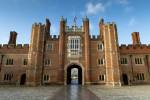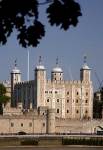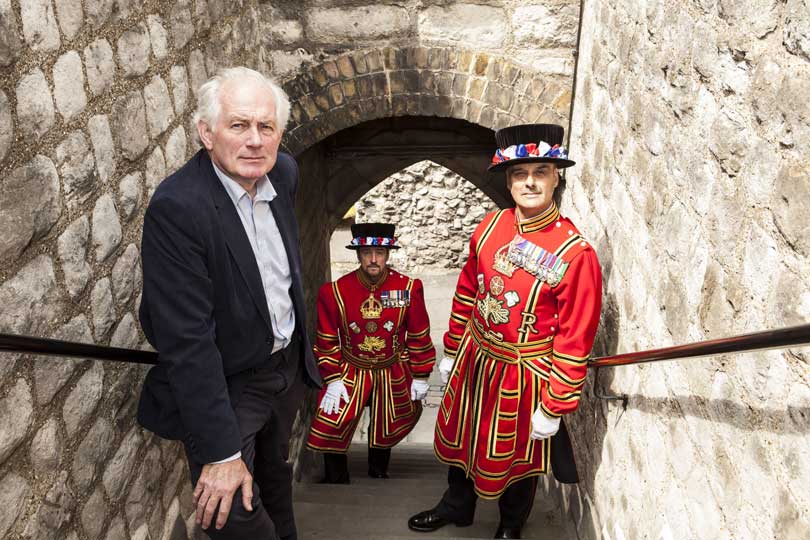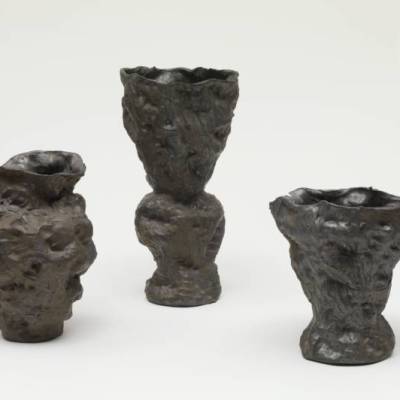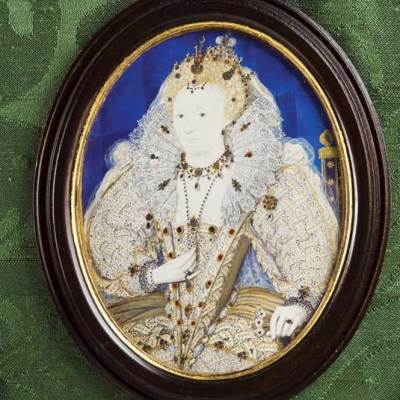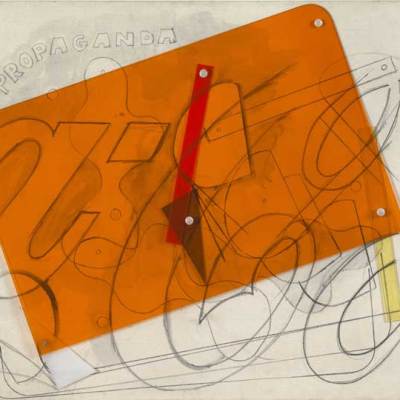Genuine enthusiasm characterises the BBC Four’s three-part documentary ‘Majesty and Mortar: Britain’s Great Palaces’ in which the value of Britain’s royal palaces – historic sites of entertainment, stately living, even death – is illuminated by its author and presenter Dan Cruickshank as the ‘ultimate expression of power and privilege’.
Cruickshank’s ability to single out a seemingly pedestrian detail – an unusual open hearth fire or decorative bust, for example – and contextualise it allows him to zigzag between history, architecture and aesthetic delights with ease. He carries the series with schoolboyish delight.
In Westminster Hall, the one remaining part of Westminster Palace where the councils of Richard II channelled the powers of medieval England, Cruickshank marvels at the ceiling’s ‘pioneering engineering’ – trusses each with a pair of hammerbeams and connected arches. ‘It makes the spirit soar’, he whispers emphatically.
Unlike the rest of this broadly chronological series, the first hour-long episode verges alarmingly on tour-guide regurgitation, giving an intense historical overview of palatial construction and a heavy-handed assertion of their roles as signifiers of kingship and authority, and focusing primarily on the Tower of London and Hampton Court. The second instalment, however, is rather more nimble. It charts the popularity of classical architecture that propelled Britain’s palaces out of the medieval and Tudor era – a national style dominant until today, says Cruickshank.
The episode charts the cityscape’s evolution, in an engagingly dramatic (but never soapy) way, by recounting the relationships between architects and monarchs with their own grand designs. Charles I and Inigo Jones, for example, worked together on majestic schemes for the capital, such as the Banqueting House and Whitehall Palace, which would have been the largest ever built. Civil War and Charles’ imprisonment at Carisbrook Castle hindered plans little: he gave the green light whilst incarcerated, not long before his execution in front of Banqueting House itself.
The series finale considers how palaces are experienced today through a hankering for heritage, and the nascent tourism in which Queen Victoria – supporter of opening palatial buildings to the public – played a key role. Back at the Tower of London, the now ceremonial roles of yeomen warders would have been well beyond the imagination of the inhabitants expounded upon in the first episode; contemporary gimmicks and interactive presentations at Kensington Palace might even have shocked them enough to order a beheading.
The relatively modern development of the Mall and Admiralty Arch realised by George IV turns thoughts to the future of majestic mortar. Will any such new building be constructed soon, or will projects such as Prince William and Duchess Kate’s £3.4m refurbishment of their Kensington Palace apartment take precedence?
His focus lies largely on London’s structures, but Cruickshank dextrously animates how the use and perception of palaces has changed more generally over centuries. Reverentially honing in on details that he personally finds fascinating, the architectural historian transmits enthusiasm, all without the taint of a single computer graphic or digitised reconstruction.
‘Majesty and Mortar: Britain’s Royal Palaces’ is on BBC Four. The third and final episode, ‘Opening the Palace Doors’, airs Wednesday 2 July, 9pm.


